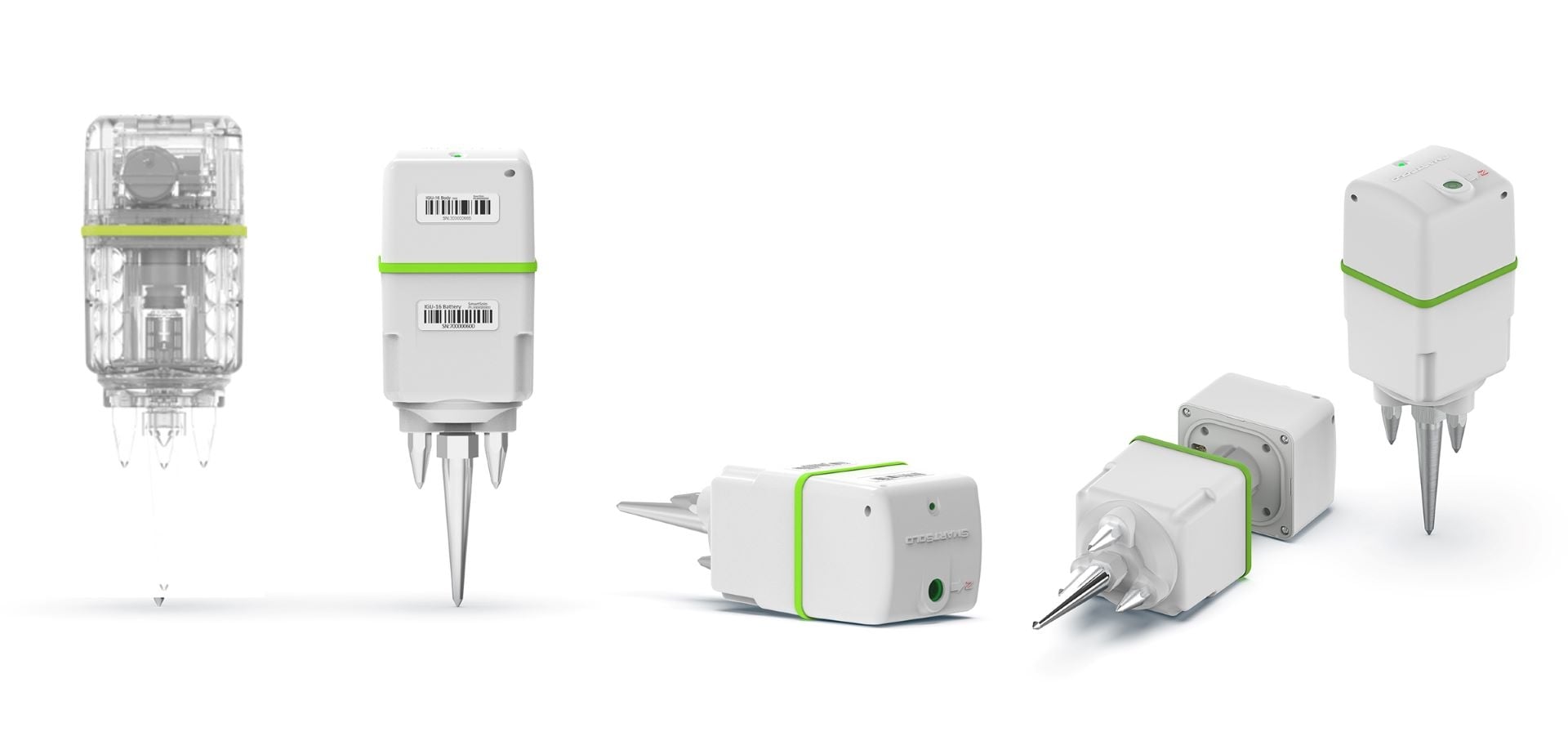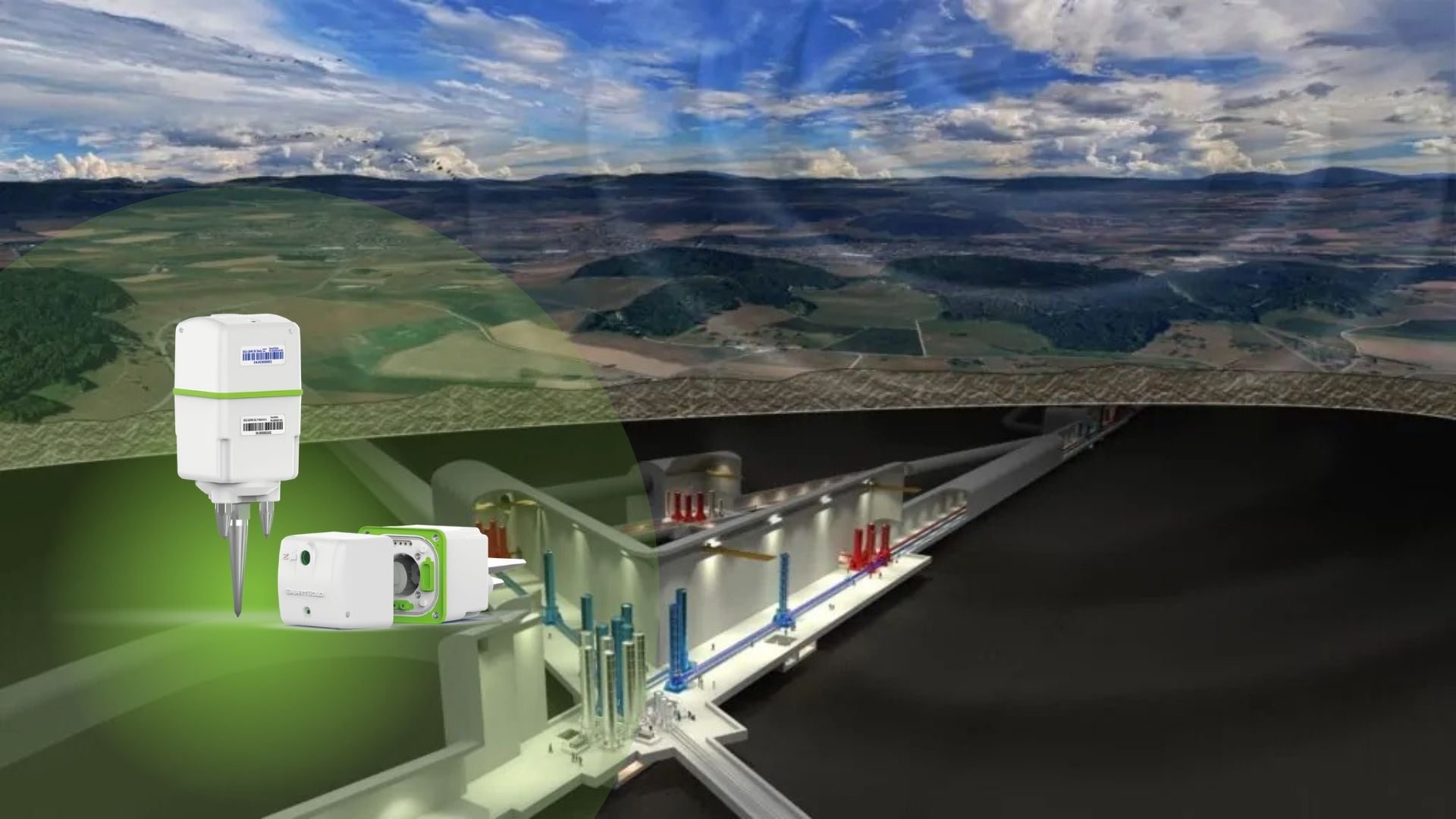
The Einstein Telescope: A New Era in Gravitational Wave Astronomy
The Einstein Telescope, Europe’s upcoming third-generation gravitational wave observatory, aims to surpass its predecessors with tenfold sensitivity. By capturing the faintest ripples in spacetime, this revolutionary telescope will enable us to:
- Witness black hole formation and understand their enigmatic nature.
- Explore neutron star structures and their ultra-dense properties.
- Study the universe’s earliest moments, approaching the Big Bang.
- Test Einstein’s theory of relativity with unprecedented precision, potentially uncovering new physics.
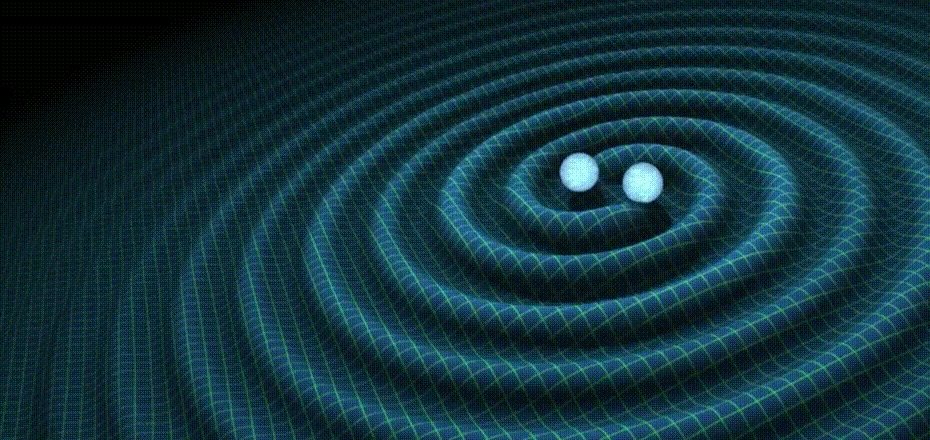
The Quest for Silence: Mitigating Seismic Noise
Detecting faint gravitational waves requires an environment of extraordinary stillness. The Einstein Telescope will be constructed underground, 250-300 meters beneath the surface, in a border region of the Netherlands, Belgium, and Germany. This location features soft topsoil that naturally dampens vibrations. Key noise mitigation strategies include:
- Site Selection: Underground placement reduces surface vibrations.
- Vibration Isolation: Advanced systems shield detectors from residual ground motion.
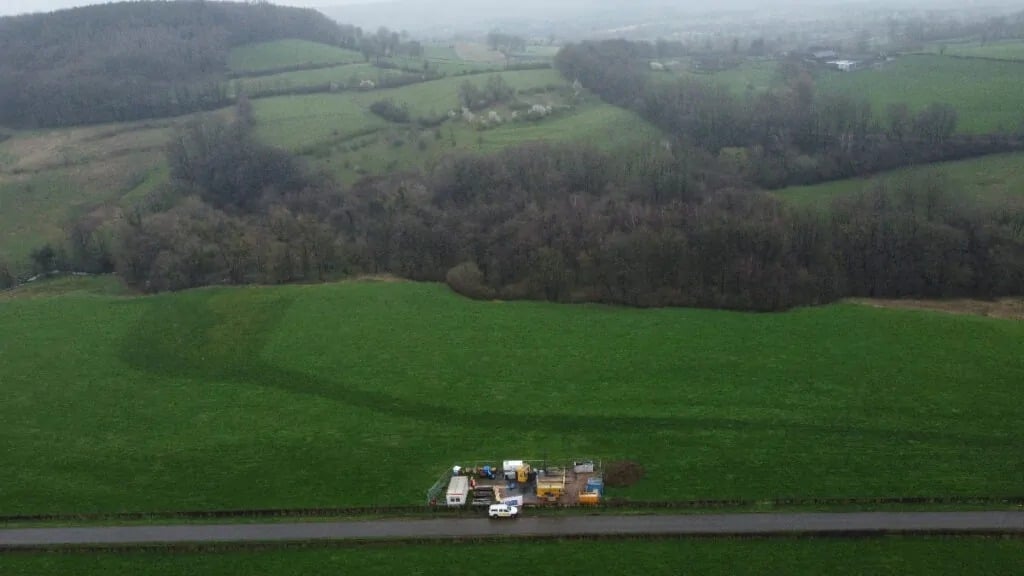
SmartSolo IGU-16HR 3C Nodes: Mapping the Seismic Landscape
A detailed seismic analysis is essential to identify and mitigate ground vibrations. SmartSolo’s IGU-16HR 3C nodes play a critical role in this effort. Researchers are using 250 nodes to conduct a comprehensive passive seismic study at the proposed site. These compact nodes, buried 15 centimeters deep, passively record ground vibrations for 3-4 weeks, providing invaluable data about the seismic environment.

We dig a small hole to place the geophones at a depth of around 15 centimeters. After three or four weeks, we retrieve them and close up the hole properly. You don’t notice much.
——Dr. Hadrien Michel, researcher at the University of Liège.
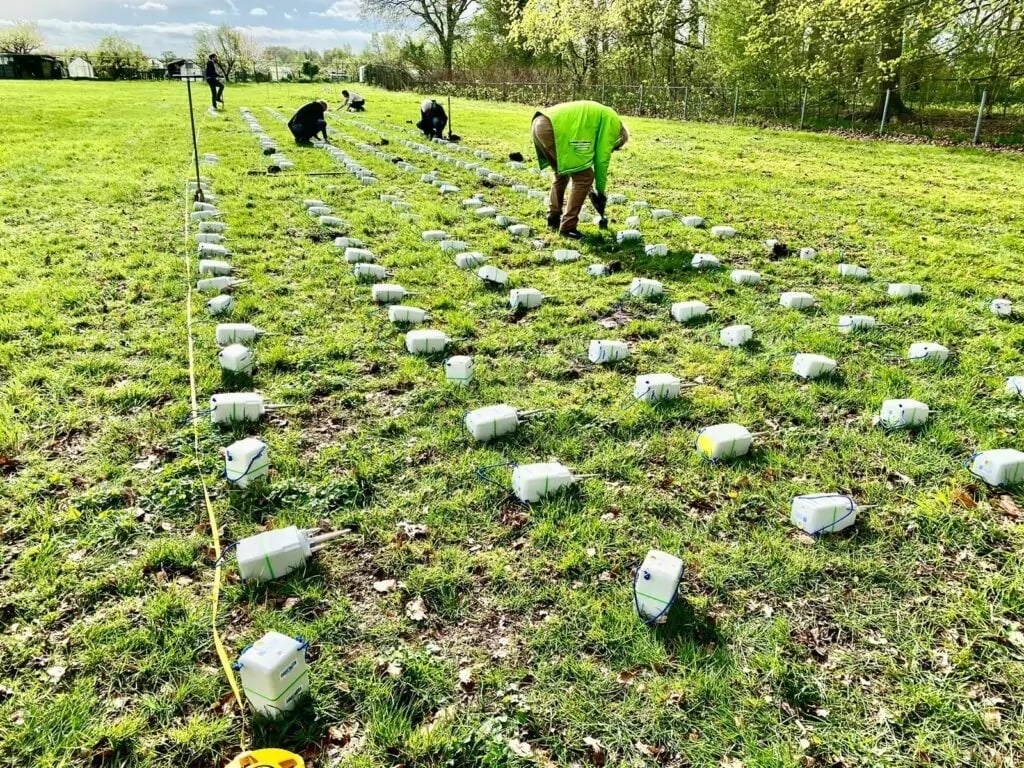
Key Advantages of SmartSolo Nodes
- Three-Component Sensors: Measure vibrations in x, y, and z directions for a complete seismic profile.
- High Sensitivity: Detect even the subtlest vibrations, ensuring comprehensive noise characterization.
- Ease of Deployment: Compact design allows quick and minimally invasive installation and retrieval.
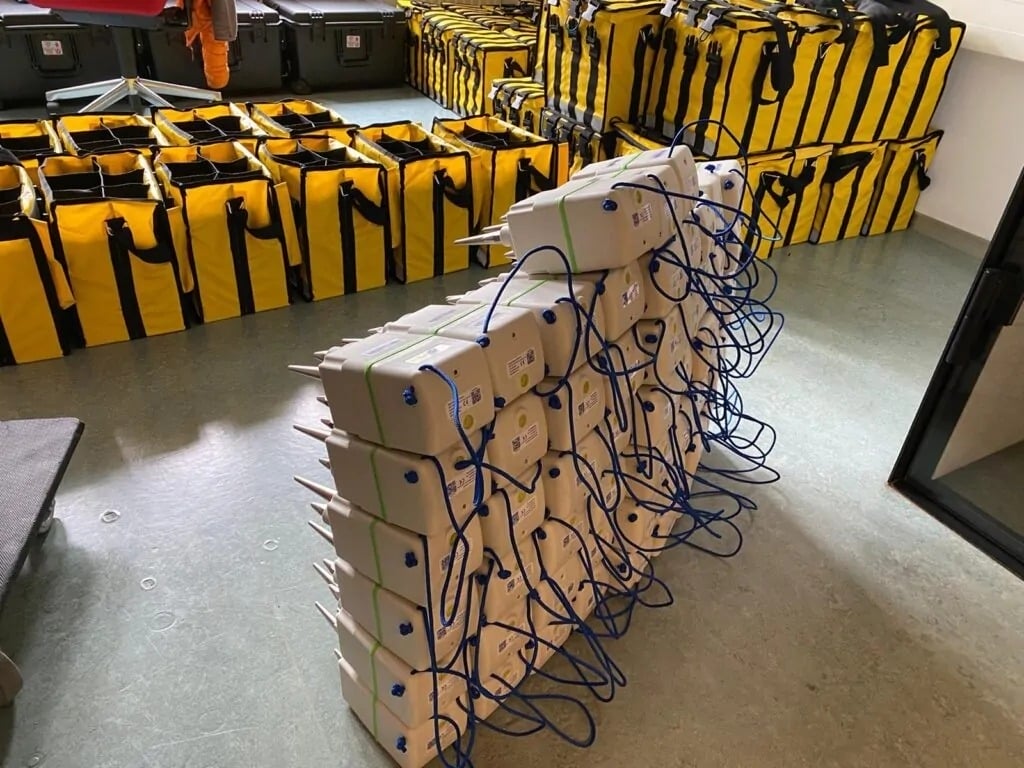
Analyzing the Data: Insights into Seismic Noise
The data collected by SmartSolo nodes is analyzed to understand the sources of seismic noise:
- Natural Sources: Earthquakes, wind, ocean waves, and rivers generate vibrations. Understanding these patterns helps assess their impact.
- Anthropogenic Sources: Human activities like traffic, construction, and agriculture create seismic noise. Identifying these sources aids in developing mitigation strategies.
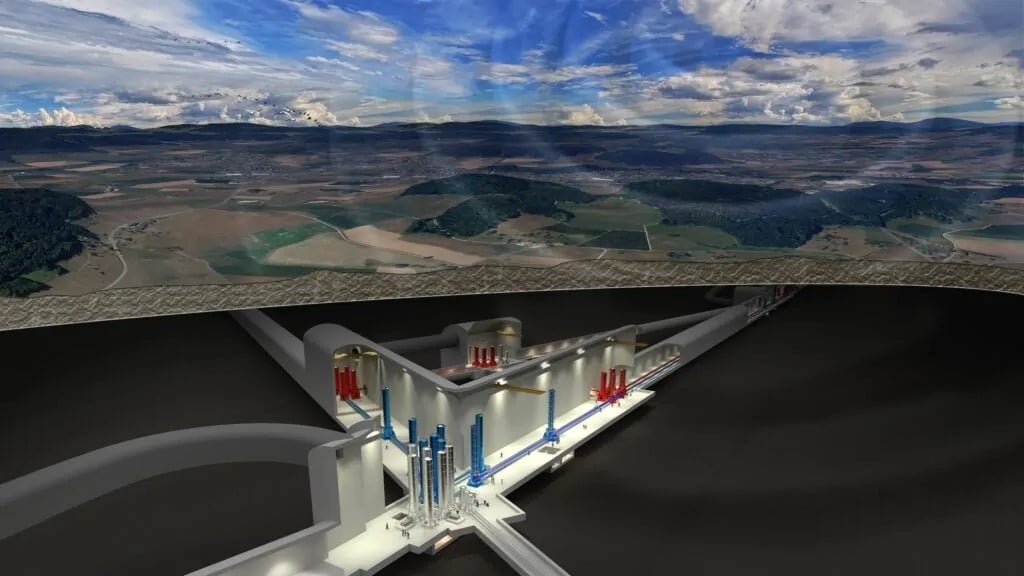
Impact of the Seismic Survey
Informing Telescope Design and Operations
The seismic survey provides crucial insights for the Einstein Telescope:
- Vibration Isolation Systems: Tailored to mitigate specific noise types identified in the survey.
- Infrastructure Placement: Optimized to minimize exposure to noise sources.
- Operational Strategies: Scheduling observations during low-seismic activity periods and using advanced data processing to filter noise.
SmartSolo’s Role in Advancing Science
The Einstein Telescope represents a monumental leap in our understanding of the universe. SmartSolo’s cutting-edge IGU-16HR 3C nodes are instrumental in characterizing the seismic environment, ensuring the telescope operates at peak sensitivity. This collaboration highlights SmartSolo’s commitment to enabling groundbreaking scientific discoveries and advancing geophysical exploration.
